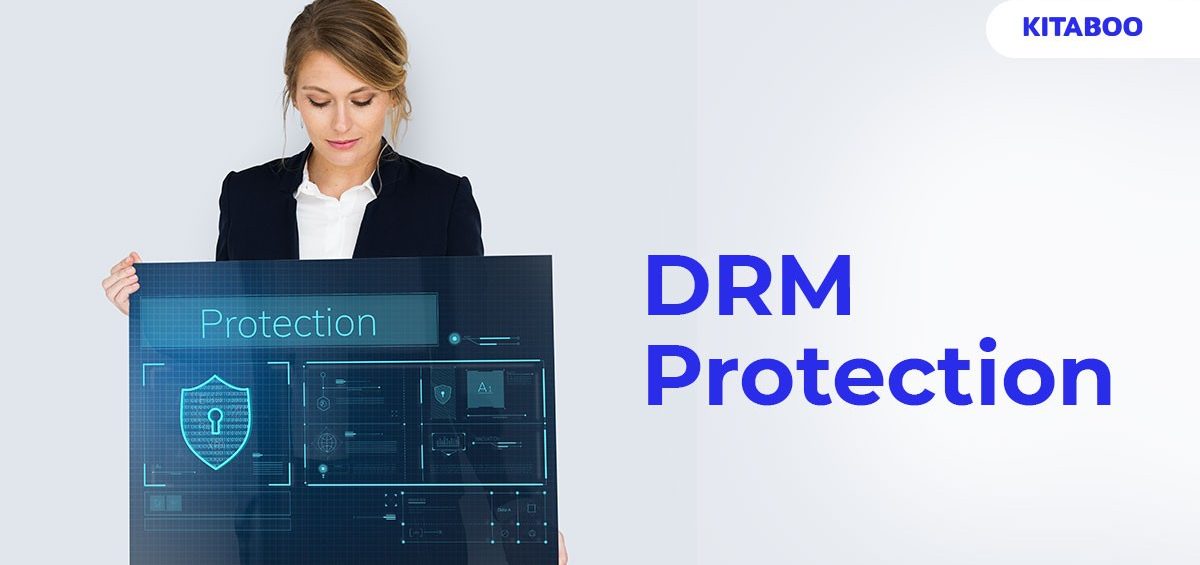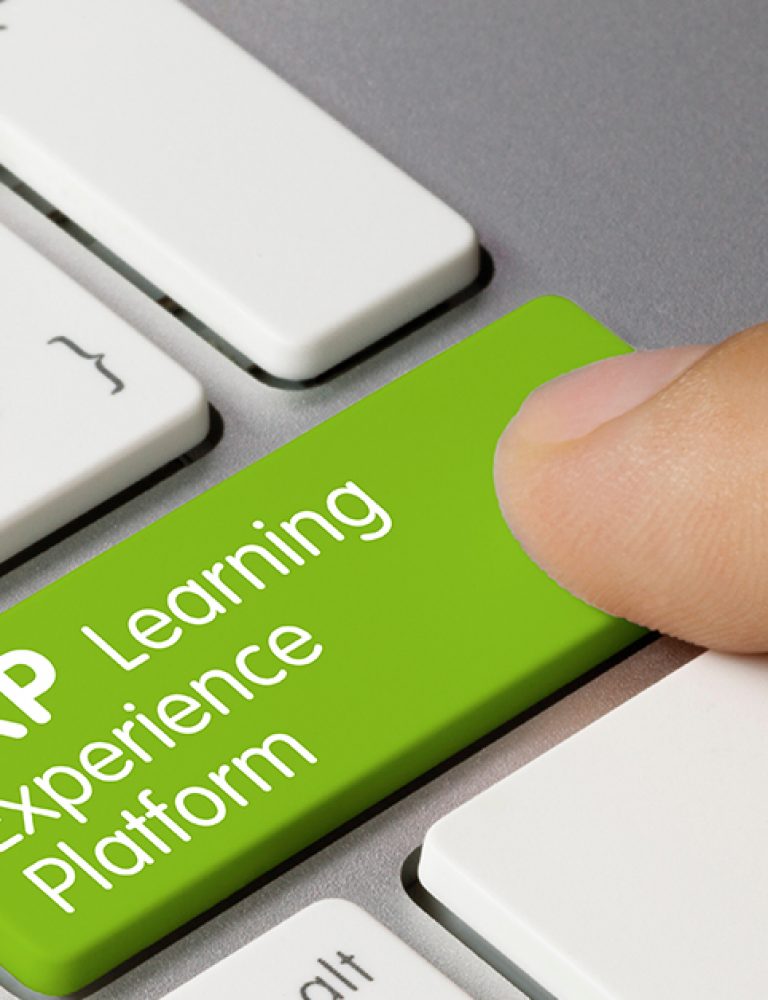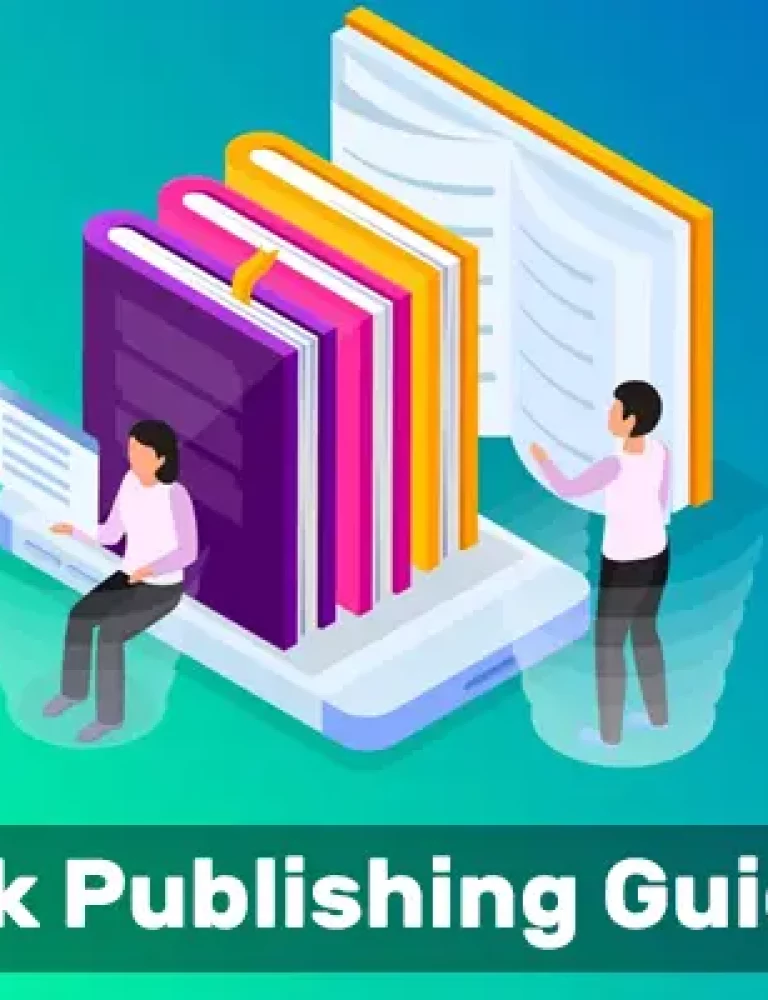In the digital age, K12 publishers face significant challenges in protecting their content from unauthorized access. Publishers must be able to protect their intellectual property from piracy and other forms of unauthorized use. This has paved the way for digital rights management (DRM) solutions.
DRM is a set of access control technologies that protect digital media from unauthorized use. These solutions provide users with controlled access to various digital content, including audio, video, images, and software.
In this article, we’ll explore why DRM protection solutions are becoming increasingly popular amongst K12 publishers and how these solutions can help secure the future of education.
Table of Contents
- Why K12 Publishers Are Turning to DRM Protection
- Protection of Intellectual Property Rights
- Creation of Additional Revenue Streams
- Providing Detailed Analyses
- 5 Ways DRM Protection Can Secure the Future of Education
Why K12 Publishers Are Turning to DRM Protection?
Content providers and K12 publishers have much to gain from DRM technology. DRM allows content providers to control their digital products efficiently, which benefits both publishers and end users. Here are some reasons why publishers and creators are turning to DRM solutions.
1. Protection of Intellectual Property Rights
By integrating DRM, publishers can protect their content from unauthorized access and illegal sharing. They can also control how users access their content and set expiration dates on digital files.
Additionally, DRM solutions protect content from plagiarism. By using DRM, publishers can track user activity and detect any attempts to copy their content which, in turn, can help them take action against malicious users engaging in intellectual property theft.
2. Creation of Additional Revenue Streams
K12 publishers are also using DRM solutions to create new revenue streams. For instance, instead of creating physical textbooks for students, publishers are creating digital versions of their textbooks and selling them via subscription services.
By doing so, they are increasing their profits while providing users secure access to their content.
3. Providing Detailed Analyses
Finally, DRM solutions can also provide publishers with detailed analyses of their digital content. This data can give publishers a better understanding of their content usage, target customers and how they engage with the content.
The data then gives publishers invaluable insights into their digital content, helping them measure the performance of their content and make improvements.
DRM solutions offer various analytics features. They can track downloads, usage, access rights, and other user behaviors, allowing publishers to examine their content consumption in detail.
This data can give publishers a better understanding of who their customers are, how they utilize the content, and how they can optimize the content to improve their customer experience.
Furthermore, DRM solutions can provide detailed reports that summarize the usage of digital content. These reports can provide a comprehensive overview of the content performance, including the number of downloads and access rights.
Publishers can better understand customer engagement with their content, as well as measure the success of any changes or improvements they have made.
5 Ways DRM Protection Can Secure the Future of Education
The digital age has enabled publishers to provide educational materials to a much wider audience than before. However, with this privilege comes a greater risk of piracy and copyright infringement.
Here are five ways K12 publishers can use DRM to secure the future of education:
1. Encryption
One of the most effective ways to protect digital content is through encryption. Encryption prevents illegal access to educational materials by scrambling the file contents so that anyone without the proper decryption key will be unable to open the file.
The feature is useful for K12 publishers who need to ensure that unauthorized individuals cannot view or share their content.
2. Digital Watermarking
Digital watermarking is a way to mark digital content with a unique identifier that allows users to trace the origin of the material. This comes in handy for K12 publishers who need to ensure that their materials are not being shared or used without permission.
A watermark does not prevent someone from accessing the material, but it does provide the publisher the ability to trace and identify their material in the event of piracy or copyright infringement.
3. Licensing
Using a license to control access to digital content is a great way for K12 publishers to ensure their content is used by those legally entitled to access it.
Some licenses can be configured to restrict access to materials based on certain criteria, such as geographic location or the number of users allowed to access the material. This can help K12 publishers ensure that their content is not being illegally used.
4. DRM-Enabled Digital Distribution Platforms
By using a DRM-enabled digital distribution platform, K12 publishers can easily and securely distribute their materials to users without having to worry about unauthorized access or piracy.
These platforms give publishers a wider reach and make content distribution easier, while keeping their content secure. With the ability to control who can access their materials, as well as how and where the materials can be used, K12 publishers can maintain control over their intellectual property.
5. Third-Party DRM Solutions
Third-party DRM solutions provide secure and reliable protection for K12 publishers. They offer robust encryption and authentication measures, ensuring that the digital content can only be accessed by those the content creator has authorized.
These solutions also provide anti-piracy measures, like restricting the number of devices the content can be accessed from and tracking the usage of the content to detect any unauthorized access or misuse.
Moreover, third-party DRM solutions can offer different access rights, allowing K12 publishers to customize the content’s usage.
For example, they can determine who can access the content, how long it can be used, how often it can be used, and how it can be shared or distributed. They can even allow different access rights for different users, allowing for a more customized user experience.
Overall, third-party DRM solutions are a great way for K12 publishers to ensure their digital content is securely and reliably protected.
They provide robust security measures to ensure the content is safe and can only be used by those the content creator has authorized. Additionally, they offer various access rights that can be customized to the needs of the publisher and the users, allowing for a more tailored user experience.
Conclusion
DRM protection is a significant tool for K12 publishers to secure the future of education. By using it, K12 publishers can control who has access to their digital content, track usage, enforce copyrights, encrypt their content, and integrate with existing systems.
If you are looking for a secure and reliable DRM solution, then look no further. KITABOO is a digital content creation, publishing and distribution platform that uses 128 bit encryption along with DRM for all your content needs.
To know how we can help you secure the future of education, write to us at KITABOO@hurix.com.
Discover How An Ebook Conversion, Publishing & Distribution Platform Can Help You
Kitaboo is a cloud-based content platform to create-publish & securely distribute interactive mobile-ready ebooks.
You May Also Like
-
eBook Publishing Guide: Master The Process
Blog,Digital Publishing,eBook solution / February 22, 2024








